On This Page
- What Does “Tralalero Tralala” Actually Mean?
- Where Did the Phrase “Tralalero Tralala” Come From?
- Is “Tralalero Tralala” a Meme, a Song, or a Joke?
- How Is “Tralalero Tralala” Used on TikTok?
- What Are People Saying About “Tralalero Tralala”? (User Reactions & Reviews)
- Why Is “Tralalero Tralala” Trending?
- Is “Tralalero Tralala” a New Meme Language?
- Will the “Tralalero Tralala” Meme Last?
- Should Creators and Brands Use “Tralalero Tralala”?
- What Is Trallalero Singing? Is It Related to This Meme?
- Final Summary: What Does “Tralalero Tralala” Really Represent?
“Tralalero Tralala” sounds like nonsense, but that hasn’t stopped it from becoming one of the most recognizable meme phrases of 2025. From TikTok’s sahur-core edits to Reddit debates and Italian folk references, this rhythmic gibberish is everywhere.
So what does it mean? Where did it come from? And why can’t we stop hearing it? Let’s unpack this viral phenomenon from every angle: musical, cultural, and memetic.
We’ll begin with the basics before going deep into internet theory and user insights.
What Does “Tralalero Tralala” Actually Mean?
The phrase doesn’t have a direct translation. It’s composed of nonsensical syllables that evoke rhythm and mood rather than meaning.
“Tralalero” comes from Italian folk music, where it served as vocal padding—a stand-in for instruments. “Tralala” is similarly used in nursery rhymes and children’s songs, often to convey a lighthearted or sing-songy feeling.
The phrase became meme-worthy precisely because it means nothing, letting people project their own emotions or interpretations onto it.
To understand how it reached viral status, we need to trace its journey from folk tradition to modern meme culture.
Where Did the Phrase “Tralalero Tralala” Come From?
There are two major origin points:
- Trallalero, a five-part vocal polyphony from Genoa, Italy
- TikTok, where it was adapted as an ironic audio meme
In Genoa, Trallalero singers replaced instruments with voice parts like “guitar” and “contralto,” using syllables like “tralalero” to imitate sound. According to Wikipedia, the tradition has been studied by ethnomusicologists for decades.
Then came TikTok. Around April 2025, creators began syncing the phrase with dramatic or surreal visuals, often during Ramadan’s sahur hour. The result? A viral blend of opera, absurdism, and low-effort meme irony.
Now that we’ve covered the origins, let’s look at how users are interpreting and adapting it.
Is “Tralalero Tralala” a Meme, a Song, or a Joke?
It’s all three.
On platforms like TikTok and Instagram, “Tralalero Tralala” is mostly used as:
- Background audio for absurd or emotional edits
- Punchline for exaggerated reaction memes
- Parody of opera or theatrical expression
Some videos use it to mimic dramatic trailers, while others sync it with mundane actions like pouring cereal or brushing a cat. TieUp.io calls it a “sound-first meme,” where the emotion in the audio drives the humor.
To appreciate its versatility, we need to explore the types of content it powers.
How Is “Tralalero Tralala” Used on TikTok?
You’ll see it used in:
- Sahur-core: Bizarre prayer or fasting-time memes
- Animal edits: Capybaras eating lettuce, frogs with soulful eyes
- Opera parodies: Fake emotional breakdowns or villain arcs
- Shitposts: Non-sequitur edits designed to confuse and entertain
One viral TikTok, cited by Techraisal, features a man dramatically looking out the window to this song while holding a spoon.
It’s become the go-to sound for expressing unnecessary drama, fake sadness, or whimsical existentialism.
But what’s even more interesting is how users describe it themselves.
What Are People Saying About “Tralalero Tralala”? (User Reactions & Reviews)
Across platforms, users describe it as:
“Chaotic opera for ADHD brains.”
— TikTok user @digitalferret
“A song I didn’t know I needed, but now I can't stop humming.”
— Reddit user, r/Italian
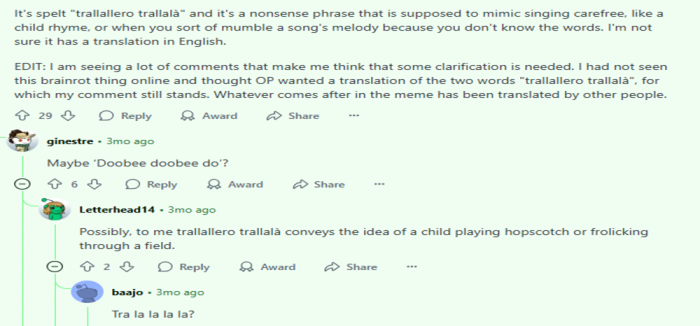
“It’s the soundtrack to my mental breakdown, but in a fun way.”
— YouTube comment on this viral edit
People enjoy it because it feels familiar (like childhood music), but it is used ironically, often to parody overly dramatic behavior.
That emotional contrast is part of what makes the phrase so sticky in meme culture.
Why Is “Tralalero Tralala” Trending?
Three key reasons:
- Sound meme trend: Audio-based humor is outperforming visual memes
- Sahur-core surge: Ramadan memes grew this spring, often using surreal audio
- Multicultural absurdism: Users love remixing sounds across languages and cultures
According to Medium’s coverage, young audiences now value vibe and aesthetic over meaning. The meme doesn't have to "say something"—it just has to feel right.
So is this a passing trend, or does it hint at a new direction in meme evolution?
Is “Tralalero Tralala” a New Meme Language?
In many ways, yes.
The phrase works as a meme anchor—a reusable auditory template that creators can drop into almost any scene to produce humor. It doesn’t explain anything but makes the viewer feel a mix of nostalgia and confusion.
Much like “Skibidi” or “Miel Pops,” it’s an aural meme—memes you hear rather than read.
They stick because they offer:
- Instant recognizability
- Endless remix potential
- Cross-cultural flexibility
As the Italian Brainrot wiki puts it, “It’s brainrot—but musical.” That’s high praise in meme culture.
Let’s now look at whether this trend is peaking or still evolving.
Will the “Tralalero Tralala” Meme Last?
It’s evolving, not ending.
We’re now seeing:
- AI-generated versions with new voices and harmonies
- Hyperpop and slowcore edits
- Multilingual memes using the same rhythm in different tongues
This trend is part of a larger shift toward nonverbal, culturally layered humor. That means we can expect more like it—maybe even a genre of tralalero-core memes.
For now, the question the creators are asking is, Should I jump on this trend?
Should Creators and Brands Use “Tralalero Tralala”?
Only if it fits your content voice. This meme works best for:
- Ironic humor
- Emotionally exaggerated scenes
- Gen Z content formats
It’s not suitable for serious, polished branding unless you’re parodying something intentionally. If used right, it adds surreal charm and relevance.
But what about those curious about its musical roots?
What Is Trallalero Singing? Is It Related to This Meme?
Yes—but only loosely.
Trallalero is a traditional Genoese singing style, historically performed by dockworkers and farmers, mimicking instruments vocally. It features five vocal parts, including a "guitar voice" that sings rhythmic filler like “tralalero.”
If you want to hear the real thing, check this video of Genoese Trallalero sung by traditional groups.
The TikTok meme borrows the sound and feel but strips it of context—a remix, not a reference.
So, what should we ultimately take away from this trend?
Final Summary: What Does “Tralalero Tralala” Really Represent?
“Tralalero Tralala” isn’t a translation—it’s a phenomenon.
It reflects:
- Cultural remixing
- Auditory aesthetic over logic
- The surreal, fast-paced nature of meme culture in 2025
It means nothing, but emotionally, it means a lot. Whether it’s used to mock drama, soundtrack a frog’s existential crisis, or amplify sahur-core edits, it works because it’s absurd and universal.
Post Comment
Recent Comments
Sophia Williams
Jun 25, 2025I’ve been seeing the ‘Tralalero Tralala’ meme everywhere lately, but I never understood why it was such a thing until I read this article. The explanation behind the phrase being this quirky Italian nonsense word that went viral through AI-generated videos was so interesting! It made me realize how these seemingly random internet trends have real meaning and backstories, like how TikTok and Reddit fuel these things. The writing was fun and not overdone, which made it easy to read. Definitely sharing this with my friends who keep sending me the Tralalero memes!

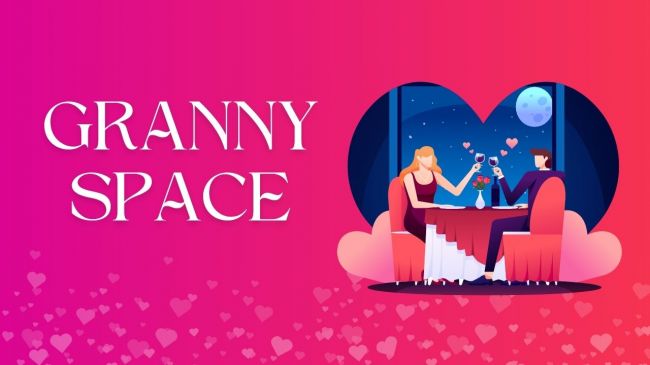
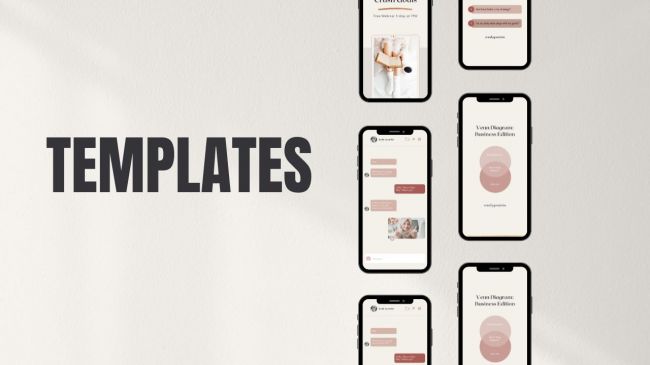

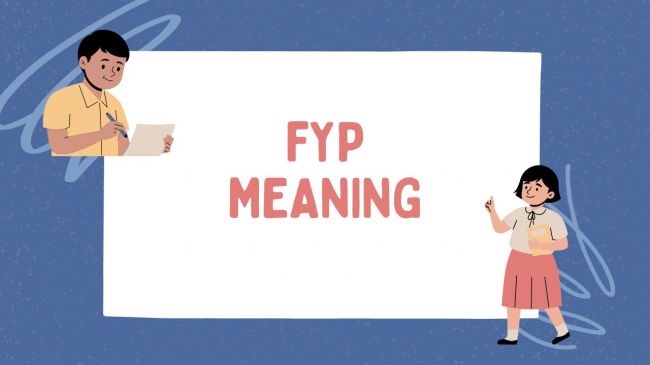
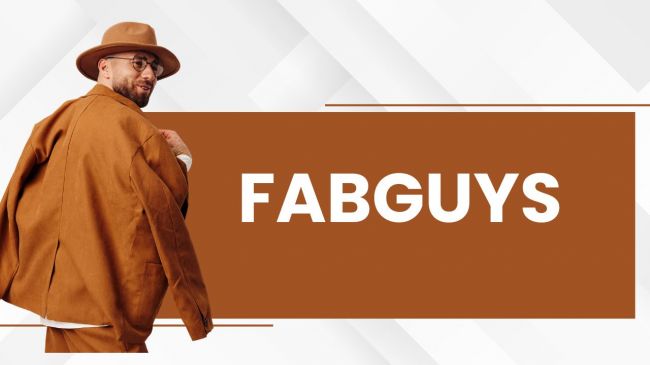
David Kim
Jun 25, 2025I came across this meme a lot but never understood why people were so obsessed with it. After reading this post, it all makes sense now! The article explains it in a way that’s easy to follow and pretty funny too.